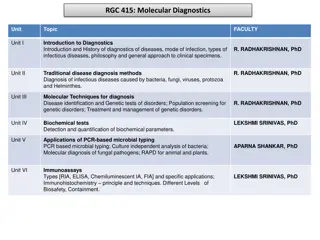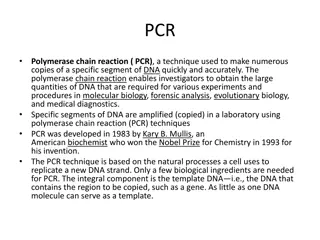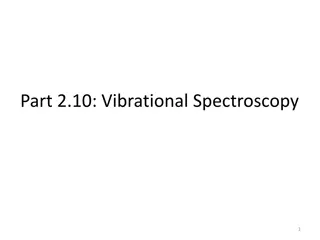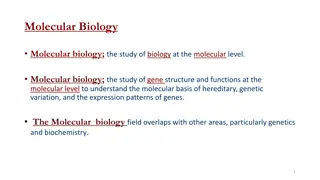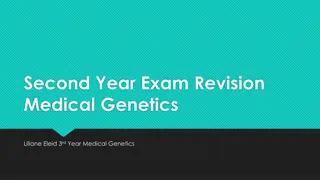Recommended Seating Positions for Molecular Biology Class
Explore the recommended seating positions for a molecular biology class, ensuring the tRNA flows smoothly across the table to interact with the mRNA and ribosome. Discover the model of the ribosome and essential details for creating an engaging learning environment for students. Begin the translation process step by step with visual aids and optional details for a comprehensive understanding of the molecular mechanisms involved.
Download Presentation

Please find below an Image/Link to download the presentation.
The content on the website is provided AS IS for your information and personal use only. It may not be sold, licensed, or shared on other websites without obtaining consent from the author.If you encounter any issues during the download, it is possible that the publisher has removed the file from their server.
You are allowed to download the files provided on this website for personal or commercial use, subject to the condition that they are used lawfully. All files are the property of their respective owners.
The content on the website is provided AS IS for your information and personal use only. It may not be sold, licensed, or shared on other websites without obtaining consent from the author.
E N D
Presentation Transcript
Recommended seating positions. The point is that the tRNA should come from somewhere which here is the other side of the table. The tRNA is not with the mRNA until the mRNA interacts with the ribosome. Recorder tRNA maker tRNA anticodon strips Pile of pop beads Wheel and tRNA passer Ribosome mRNA Protein assembler mRNA mover
The red cap on the left and the white nitrogenous base on the right are optional. The rest of the model will work without these details. It may be appropriate to include these details for an AP class or any group of students who completely understand the rest of the model. The mRNA shown has 4 codons. Three important points: 1) start with the start codon; stop with a stop codon, 2) the number of nucleotides needs to be a multiple of three, and 3) you have to have enough K nex pieces so that each group of students gets an mRNA strand, so do not make the strands so long that you run out of pieces for the whole class.








